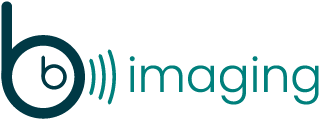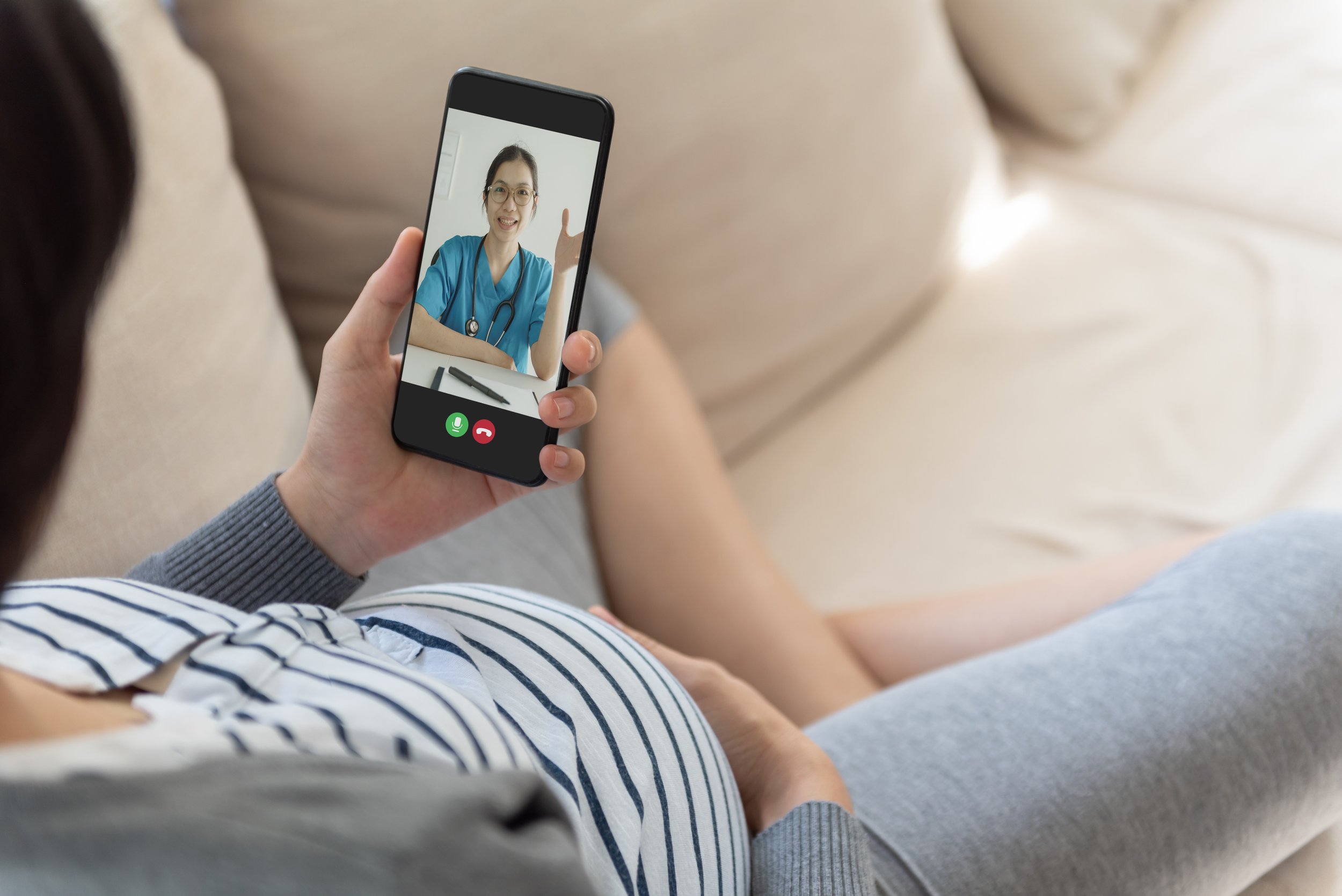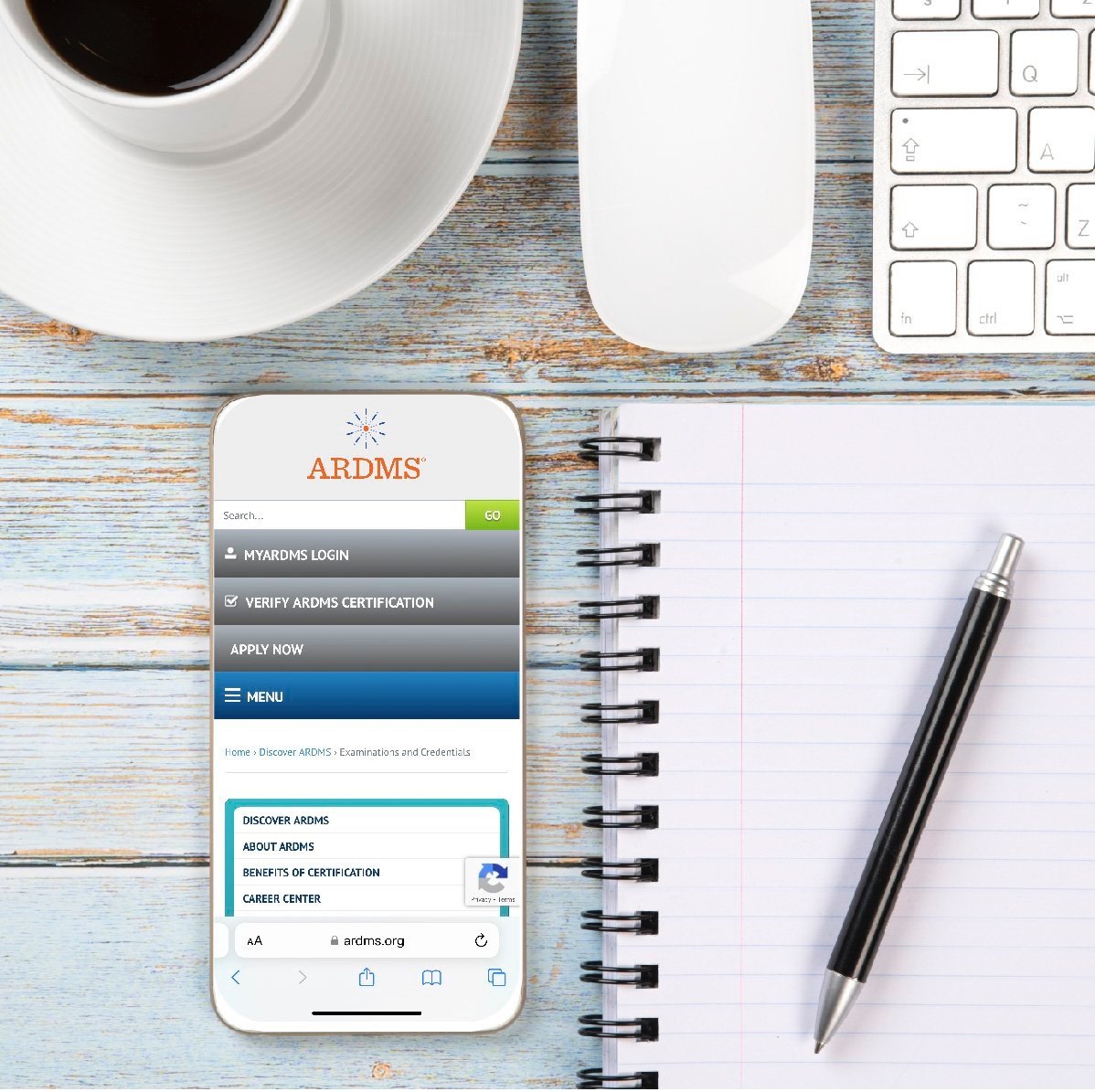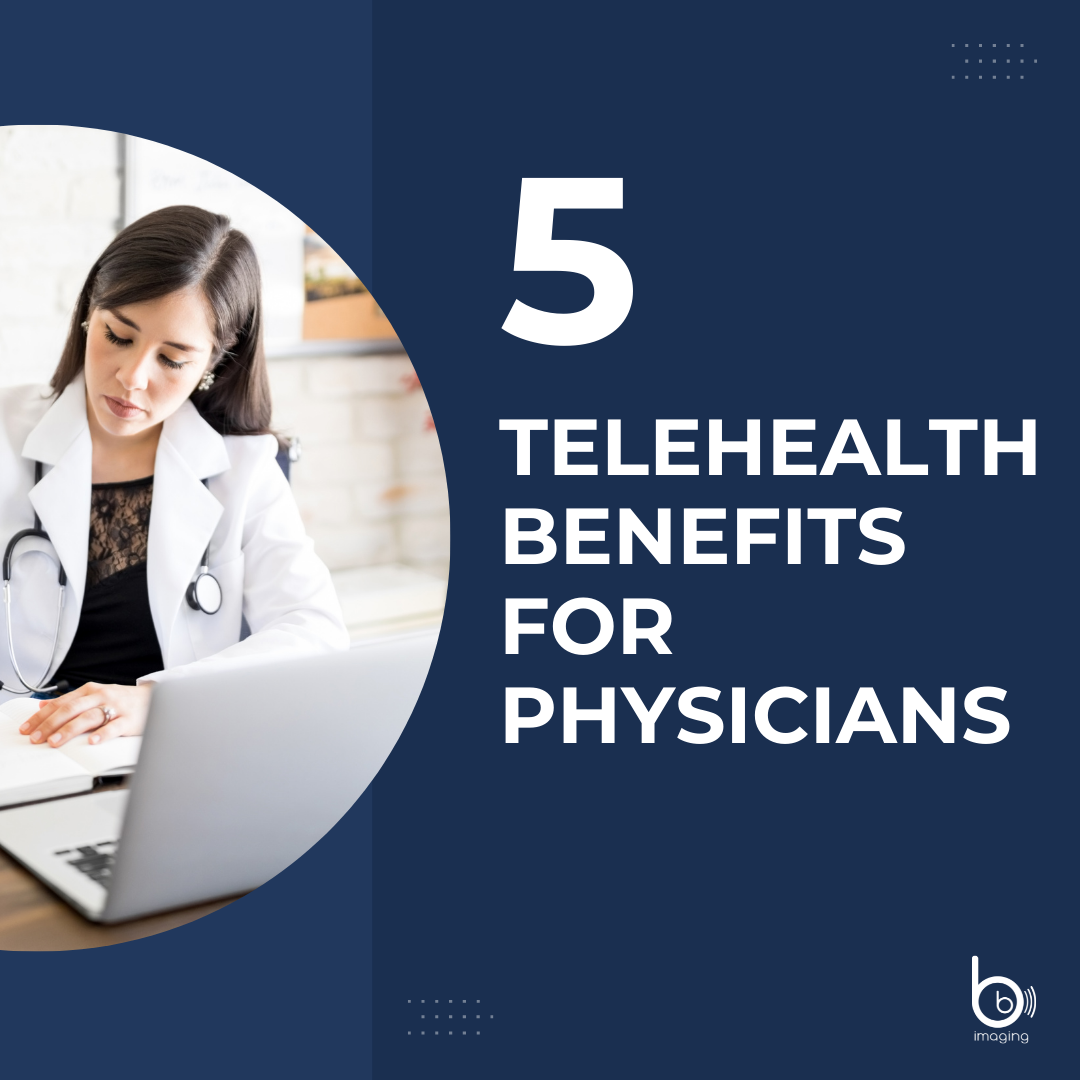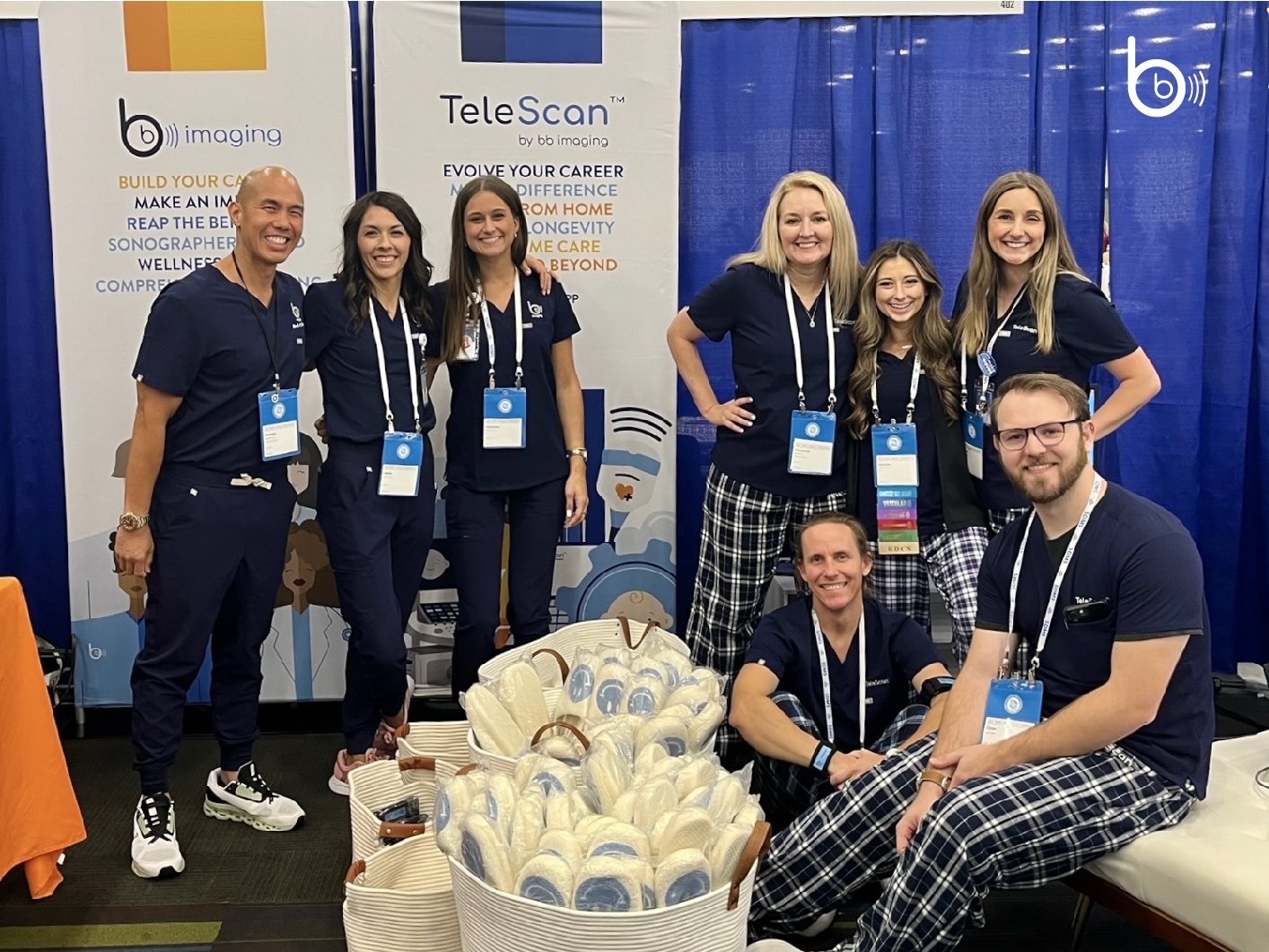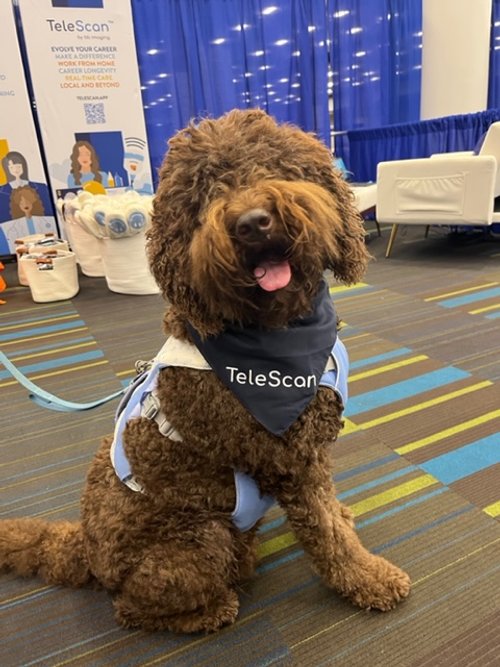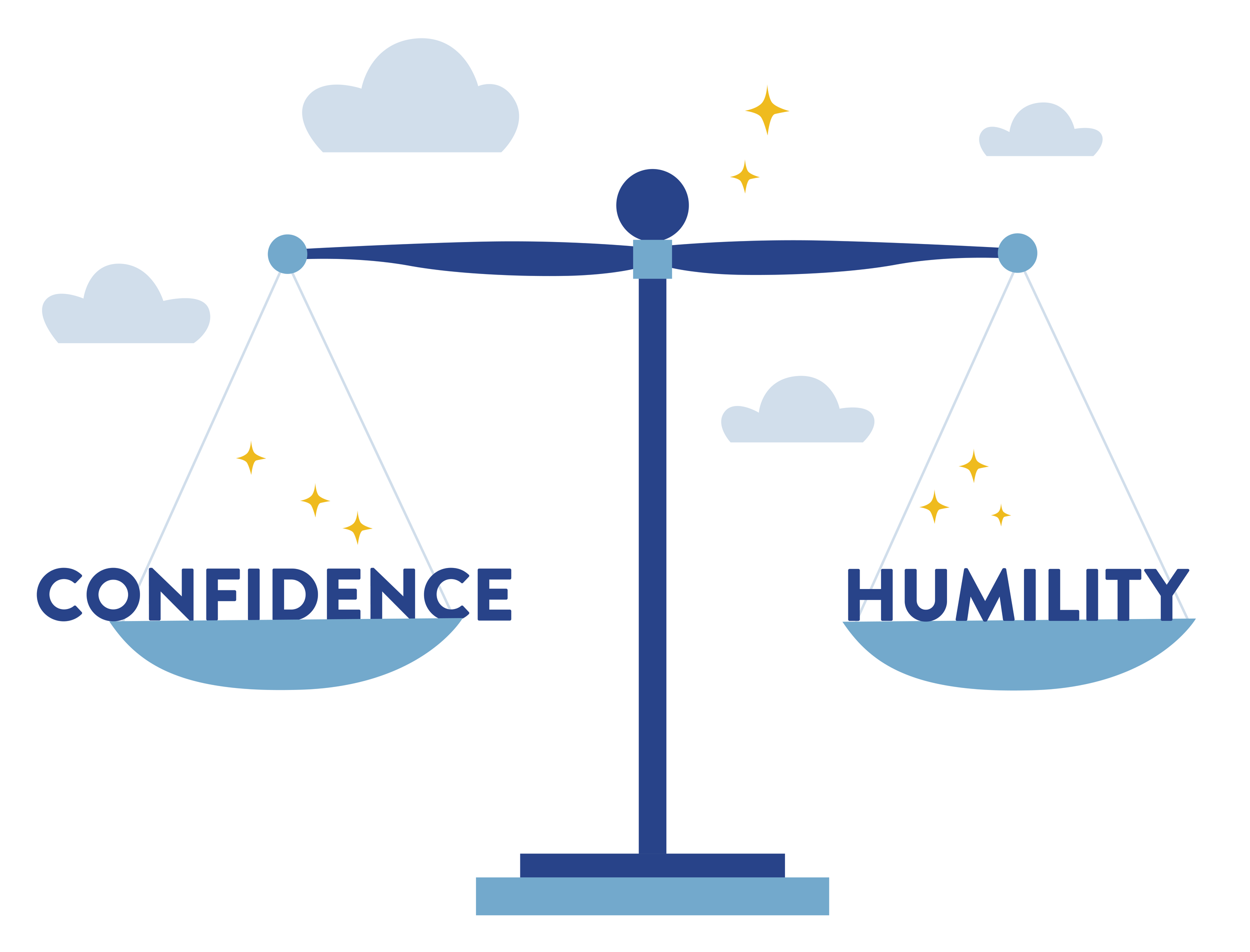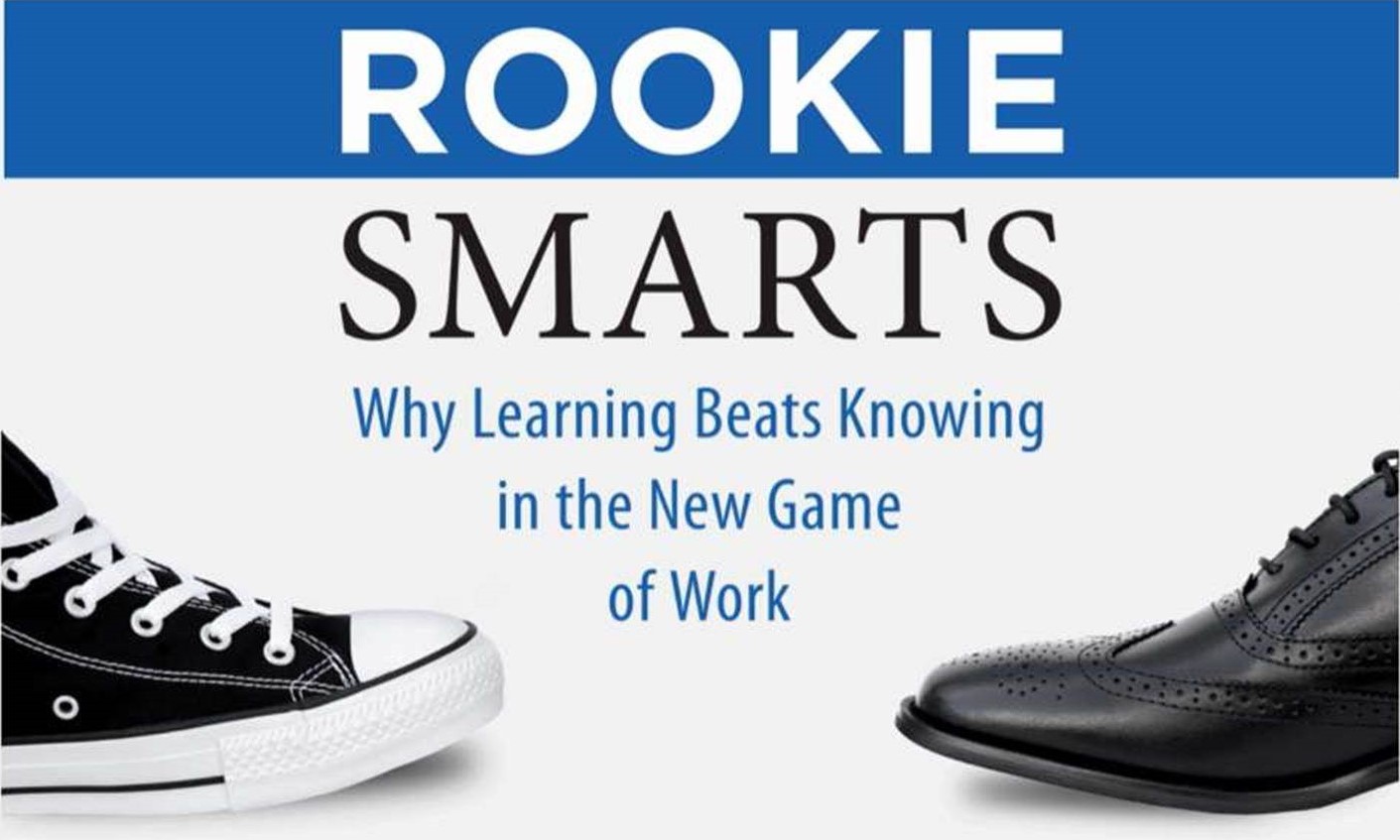The United States has a glaring health problem.
Among 11 developed countries (think our Canadian neighbors, European friends, and Australia), the U.S. has the highest maternal mortality rate. For every 100,000 U.S. births, 17 women die from complications related to pregnancy or childbirth—a rate that doubles that of most other high-income countries. The maternal mortality rate in the U.S. has been rising for more than 20 years, with rural communities experiencing some of the highest death tolls.*
Here’s the thing, two-thirds of those maternal deaths are preventable. Let that sink in a minute. Two-thirds equals 11 out of every 17. All those deaths are preventable.
We’re going to talk about how we can prevent those unnecessary mortalities, but before we offer solutions, we should gain a better understanding of the problem. For rural patients, the issues leading to maternal mortality are well-documented and can be summed up in one simple phrase: access to care.
Defining Access to Care Challenges
Access to care is defined by three main components: entry into the healthcare system, an adequate supply of services available, and timely provision of care. Rural patients face challenges in each of these areas.
Entry into the Healthcare System
When we look at the first component, entry into the healthcare system, transportation is the key issue. A lack of public transportation, greater geographic distances, and subsequently higher travel costs often hinder rural patients from seeking healthcare, leading to worse health outcomes. Even when transportation is available, longer travel times can cause patients to be too late for certain medications or procedures. This “lateness” is easy to understand when we consider more than 50% of rural women have to travel more than 30 minutes to reach the nearest hospital with obstetric services.
Supply of Services
The second component in access to care is the supply of services available. Unfortunately, provider availability in rural areas is lacking. Today, only 12% of the nation’s physicians practice in rural communities, and projections indicate the shortage will only increase in the future. For pregnant patients, the outlook is even bleaker. As of 2014, 54% of rural counties qualified as “OB deserts,” meaning they lack a hospital with obstetrical services. In a 2017 study, researchers discovered just how large some of these OB deserts can be, finding some rural patients have to travel 200 miles before reaching the nearest OB/GYN.
Timely Provision of Care
The third component is the timely provision of care. Whether patients are waiting for hours in the emergency department, for days or weeks to see a physician, or for years to see a specialist, that wait comes at a high cost. Prolonged wait times are associated with increased morbidity and mortality, and patients who do eventually get treated are often well beyond the most effective timeframe for care. Can you guess who experiences the longest wait times? OB/GYN patients.
In each of these three components, rural patients face more challenges accessing healthcare than their urban counterparts. Now that we have a good understanding of the problem, we can turn our attention to the solution.
Defining Telemedicine
If you’ve been paying any attention to healthcare trends over the past few years, then you know one buzzword that may make a significant impact: telemedicine.
Defined simply, telemedicine uses technology to deliver healthcare at a distance. It is more focused than “telehealth,” which encompasses communication and documentation technologies, health apps, and a bunch of other great stuff. Our focus here is telemedicine, which must involve a clinician providing medical services to a patient. Telemedicine has changed a lot over the last few years in response to the COVID-19 pandemic, but one thing has remained the same: the fundamental goal of telemedicine is to improve access to care.
Overcoming Access to Care Challenges with Telemedicine
Telemedicine can take a variety of forms, but we’ll primarily discuss how it can help us overcome access to care challenges for pregnant patients in rural areas. Fortunately, a variety of programs are already in place across the U.S., bringing prenatal and postnatal care to rural patients with great results. Let’s look at the three components of access to care again and see how telemedicine works to solve the problems we’ve identified.
Telemedicine and Entry into the Healthcare System
We know transportation is the main problem when it comes to entry into the healthcare system. Telemedicine solves this problem by cutting it out of the equation. It poses the question, “What if you didn’t have to travel at all?” Studies have evaluated the use of video calls both for fetal cardiac evaluations and for simply connecting regional specialists with local providers. In both scenarios, patients experienced a decrease in travel time and expenses—some patients even saw a ninefold decrease in costs!
Telemedicine and Supply of Services
Video calls are good for some things, but patients—especially pregnant ones—still need to see care providers in person. Telemedicine can help with that too. We know the second component in access to care is the supply of services available, and we know doctors are (and will continue to be) scarce in rural areas. Telemedicine provides a couple of different solutions to this problem.
The first is the “hub and spokes” model. The idea here is that regional specialists, the “hub,” can provide information, expertise, and care through local providers, the “spokes.” For example, one program partners the Medical University of South Carolina’s (MUSC) maternal-fetal specialists with local doctors to co-manage care for patients with high-risk pregnancies. The program reduced premature birth rates as well as neonatal and maternal mortality rates. Another program in Arkansas, abbreviated ANGELS, also pairs board-certified maternal-fetal medicine specialists with local providers for co-managed healthcare. The ANGELS program is supported by a 24/7 call center staffed by nurses who triage patients and facilitate transportation to appropriate facilities. ANGELS has reduced healthcare costs, infant mortality, and maternal complications across the state.
The second answer telemedicine brings to the supply of services problem is ongoing counseling and education. Whether in one-on-one meetings or group classes, telemedicine connects patients directly with local and regional providers. For instance, new parents may have continuing questions about breastfeeding. Those experiencing postpartum depression may need counseling. And patients trying to conceive can get expert advice, setting themselves up for a healthy pregnancy.
Telemedicine and Timely Provision of Care
Last, but not least, we know that long wait times often stand between patients and the care they need. Telemedicine has answers for timeliness of care too. Some conditions that don’t require an office visit can be easily treated through a patient portal or chat message, enabling doctors to respond and care for patients quicker than if they had to schedule an appointment. If a visit is needed, telemedicine can provide some immediate assistance as well as travel instructions.
Telemedicine also solves for timeliness of care through remote monitoring. Remote monitoring allows patients to receive care from the comfort of home and enables doctors to quickly check in with patients to ensure medication is working and symptoms haven’t changed or worsened. In practice, this means patients with gestational diabetes can receive support for insulin checks and get help with meal planning. Those with high blood pressure can participate in remote medication monitoring, sparing them the stress and difficulty of an in-office visit. And patients with preeclampsia can be more regularly checked up on for blurred vision or headaches that indicate medical intervention is needed.
Telemedicine and Additional Patient Benefits
Telemedicine provides answers for each of our three components, meaning we can solve a lot of our access to care challenges for rural patients. The great news is, telemedicine provides other benefits too. One recent study linked telemedicine with fewer follow-up appointments, finding only 6% of telemedicine patients needed a follow-up, compared to 13% of those who went to the doctor’s office and 20% of those who visited an emergency room. It’s also been proposed that telemedicine fosters a quicker recovery because patients can stay at home, in a supportive and known environment. For pregnant patients, several studies have linked telemedicine to lower prenatal stress and higher patient satisfaction, all while reducing the number of in-clinic appointments needed and maintaining current standards of care.
Solving the Problem
Our country’s glaring health problem could be a thing of the past. We understand the problems that make access to care such a challenge for our rural communities, and how we can solve them with telemedicine. Armed with this knowledge, we can make a big impact on the two-thirds of maternal deaths we know are preventable. We’ve seen how successful telemedicine programs can be and the impact they have in their counties and states. It’s our turn, and we’re up for the challenge. Are you?
If solving for access to care sounds like a challenge you want to take on, we might be a great fit for each other. We’ve developed an advanced SaaS solution that applies telemedicine to prenatal ultrasound: Telescan®
Note: Maternal mortality rates are highest among rural communities and minority groups. Here, we focus specifically on solutions for the rural demographic. While telemedicine is also helpful in solving maternal mortality among minority groups, there are additional issues at play in minority demographics that deserve further discussion in a separate article. Stay tuned, we are on it..
